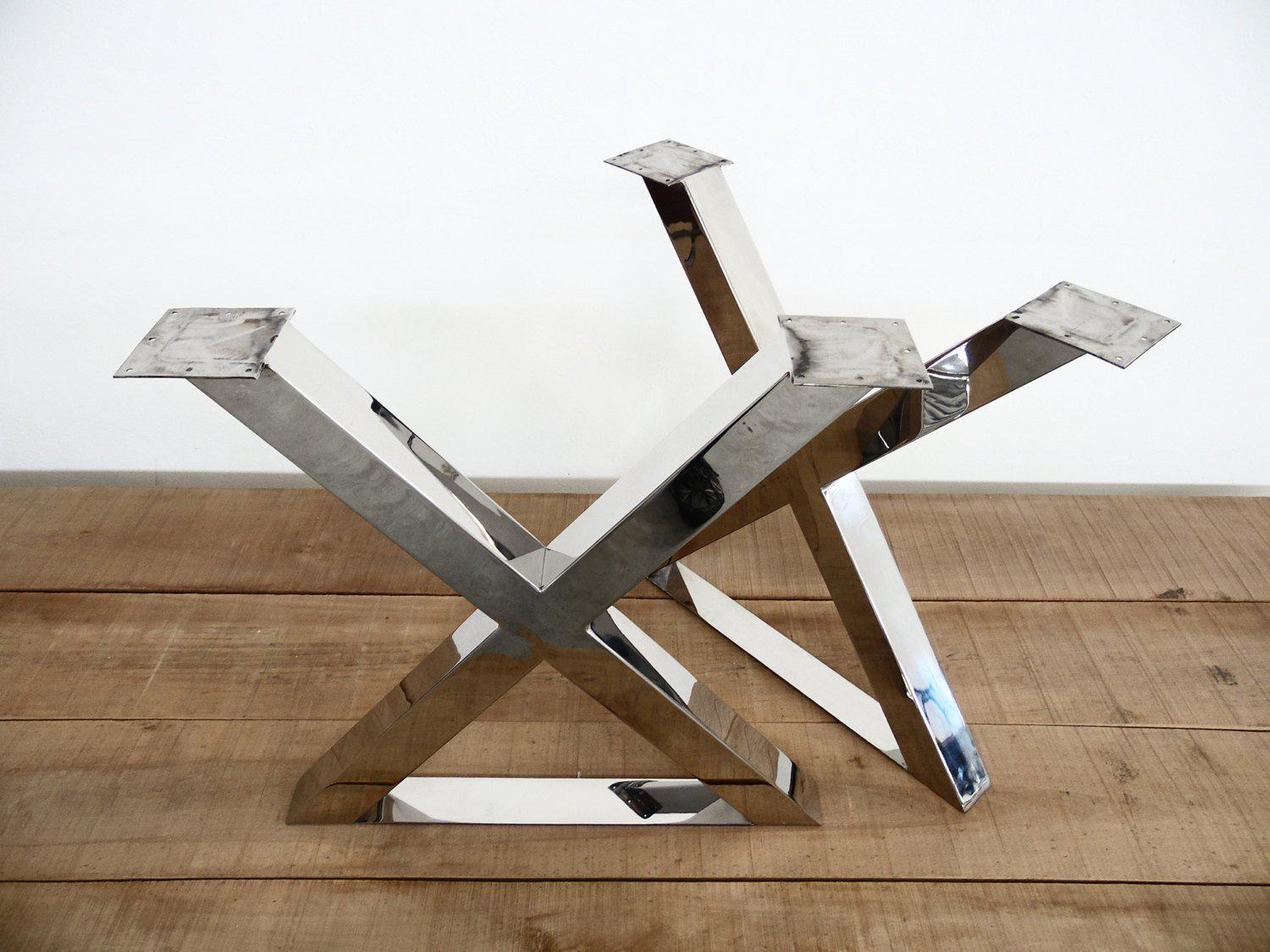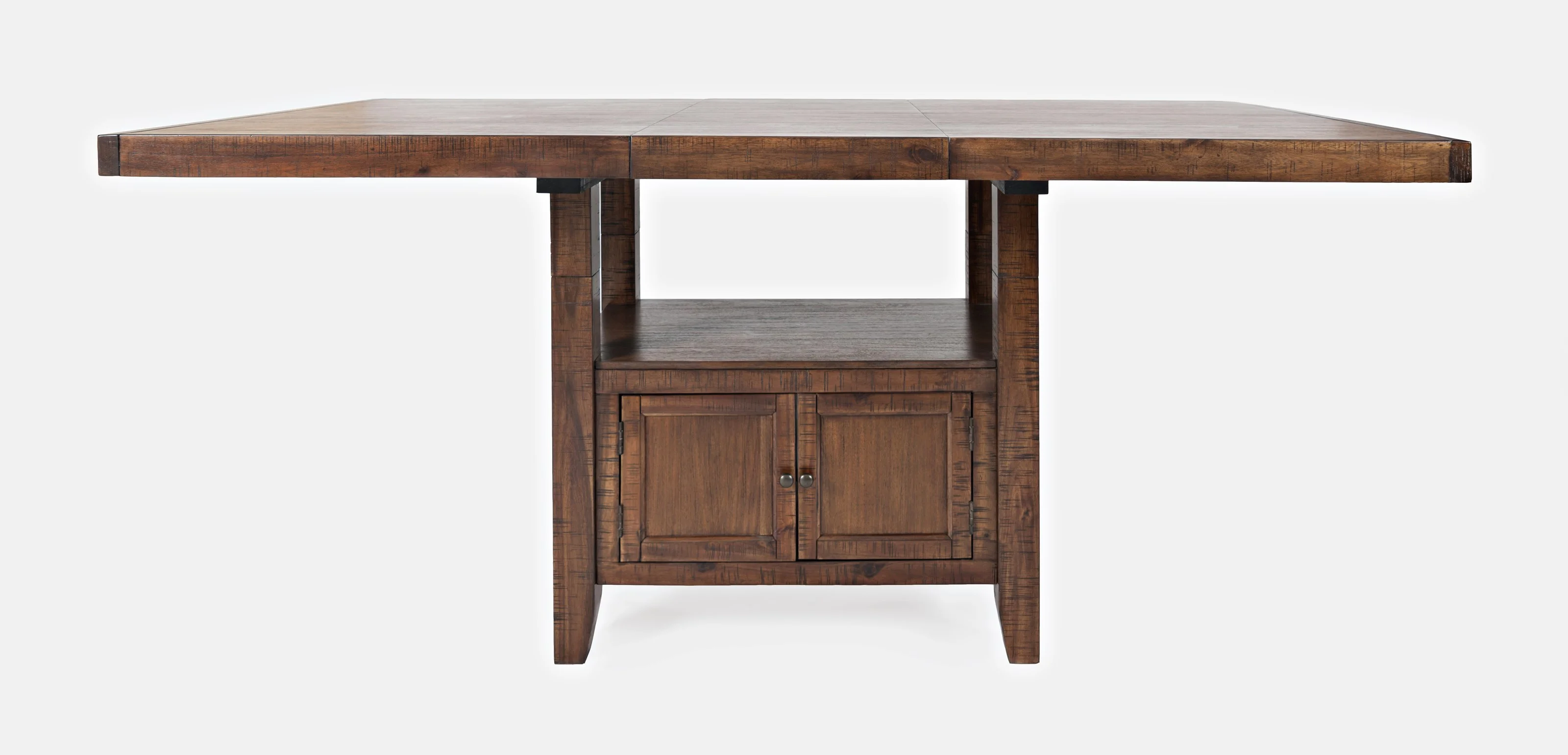The Best Materials for Durable and Elegant Dining Room Table Legs
The Best Materials for Durable and Elegant Dining Room Table Legs
Blog Article
From Traditional to Modern: Discover the Ideal Eating Space Table Legs for Your Design
The selection of dining-room table legs plays a critical role in specifying the overall personality of your space, linking the gap in between conventional workmanship and contemporary visual appeals. While timeless designs such as cabriole and transformed legs evoke a feeling of classic class, modern designs like hairpin and geometric options offer a possibility for striking visual passion. Assessing the appropriate balance between these designs requires a nuanced understanding of your existing design and personal taste. As you take into consideration these elements, the concern continues to be: how can you effortlessly incorporate these diverse leg styles to produce an unified dining experience?
Comprehending Table Leg Styles
The range of dining-room table leg styles can considerably influence both the looks and capability of the area. Each leg design contributes distinct visual elements and practical features, satisfying diverse layout choices and usage demands. Understanding these styles is critical for picking the appropriate eating table that lines up with your overall interior decoration vision.
For example, conical legs provide a clean, classic look that can enhance a room's style, while stand bases offer stability and take full advantage of legroom, making them optimal for smaller rooms. Barrette legs, a hallmark of mid-century modern-day style, introduce a commercial style, allowing for a ventilated, open feel. Trestle legs evoke rustic beauty, supplying robust assistance and a sense of eternity.
Moreover, the option of products plays a considerable role. Wood legs can bring heat and structure, whereas steel choices often communicate a sleek, modern ambiance. Eventually, recognizing table leg styles is crucial for producing a natural dining location that mirrors personal design while ensuring functionality and convenience. By thoughtfully thinking about these components, you can enhance both the useful and aesthetic allure of your dining area.
Conventional Table Leg Options
When choosing dining-room table legs, traditional choices frequently symbolize classic style and workmanship. These designs reflect a rich heritage and a commitment to high quality, making them suitable for those that value timeless aesthetics.
One of the most iconic conventional leg styles is the cabriole leg, defined by its graceful curved shape. This design usually includes ornamental carvings and is most frequently discovered in Queen Anne and Chippendale furniture. One more preferred choice is the turned leg, which boasts a series of smooth, rounded shapes that give a timeless appearance while keeping security.
Moreover, the straight leg, while easy, provides a durable and unadorned framework that can blend seamlessly with a variety of tabletop designs. For those attracted to ornate detailing, claw-and-ball feet legs evoke a feeling of magnificence and can act as a spectacular focal point in any eating area.
Lastly, stand bases, although not purely legs, offer an alternative traditional alternative that permits ample legroom and can be wonderfully sculpted. Each of these traditional leg designs adds to the general ambiance of an eating space, marrying feature with aesthetic allure.

Modern Table Leg Layouts
Modern table leg styles offer a varied series of designs that emphasize tidy lines and innovative products. These styles often prioritize capability while working as striking focal factors within a dining area. Minimal aesthetic appeals are prevalent, with legs crafted from materials such as steel, glass, and engineered wood, which add to a modern and airy feeling.
One preferred design is the barrette leg, identified by its slender, tapered framework that provides stability without overwhelming the table top (dining room table legs). This design is frequently located in mid-century modern furniture and can effortlessly match numerous dining table shapes. One more pattern is the usage of geometric shapes, where legs may handle angular or basics unbalanced kinds, adding visual rate of interest and a touch of virtuosity

Mixing Designs for Special Areas
Typically, house owners seek to create unique eating areas that show their personal design by mixing various design components. This technique permits the incorporation of varied appearances, causing a harmonious yet distinctive setting. For circumstances, combining a rustic wooden table with streamlined, contemporary metal legs can develop a distinctive comparison that elevates the area's general appeal.
In addition, integrating vintage table legs with modern tabletops can stimulate More Info a sense of background while maintaining a modern-day sensibility. Such mixes not only display individual preference but likewise encourage imagination, allowing house owners to curate a room that feels both individual and inviting.
Color plays a crucial function in this mixing process; picking table legs that complement or contrast with the existing shade system can improve visual rate of interest. Whitewashed legs can soften the daring of a dark table surface, producing a well balanced aesthetic.
Tips for Selecting the Right Legs
Choosing the right table legs is essential for accomplishing both capability and aesthetic appeal in your dining room. Begin by considering the overall style of your area. Traditional settings take advantage of legs that feature complex makings or transformed designs, while contemporary areas might call for sleek, minimalist designs.
Following, analyze the elevation and security of the legs. dining room table legs. Typical dining tables range between 28 to 30 inches in height, so make sure the legs match this dimension for convenience. In addition, durable products, such as wood or steel, can boost security and long life
Review the leg form too-- alternatives consist of right, tapered, or stand layouts. Straight legs supply a timeless appearance, while conical legs can include a touch of style. Pedestal bases give enough legroom and are excellent for smaller sized rooms.
Verdict
In recap, choosing the optimal dining area table legs needs careful factor to consider of both modern-day and conventional designs. By balancing leg style, elevation, and material published here with the total decoration, a natural and inviting ambience can be accomplished.
The selection of dining area table leg styles can significantly affect both the visual appeals and capability of the area. Eventually, understanding table leg styles is vital for creating a natural eating area that mirrors personal style while making certain functionality and convenience.One of the most renowned standard leg styles is the cabriole leg, defined by its elegant curved shape. Straight legs supply a classic look, while conical legs can include a touch of beauty.In recap, selecting the optimal eating room table legs requires cautious factor to consider of both modern-day and traditional styles.
Report this page